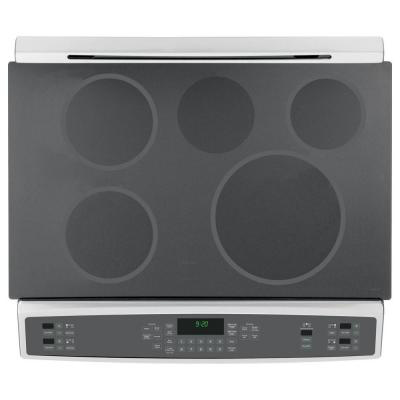
Induction cooking is the hottest new technology in the kitchen. With grand claims of offering the best of both worlds — the responsiveness and control of gas and the heating power of electricity — induction is poised to become the standard in cooking (once demand helps push that pesky thousand-dollar price tag down a bit).
Induction cooking generates a great deal of heat in a short time, but it can also heat incredibly slowly or at very low temperatures, so you can cook and boil faster, and also simmer with more precision (meaning less burnt Béarnaise). Electric ranges have notoriously slow temperature changes, whereas with induction, when you turn it off, the pan starts to cool instantly, as with gas.
From a sustainability standpoint however, do its claims to be the most energy efficient method of cooking hold up? Let’s take a look.
Speed
The primary advantage of induction cooking is speed. It works by transferring energy straight to the metal of the pan, rather than heating up an element and then transferring that heat to the pan. By essentially cutting out the middleman, induction ranges can boil two quarts of water in less than 5 minutes (and less, with the use of a power boost available on higher-end models). A gas stove will take just over 8 minutes to do the same and an electric ring just under 10 minutes. This saved time results in real energy savings over long-term use.
Efficiency
There are no Energy Star® certifications for ranges, but research by the U.S. Department of Energy indicates an induction cooker is 84% efficient at energy transfer, versus 74% for a smooth-top electric unit, giving it a heating performance comparable to a gas element. More significantly, induction is 90% efficient with its power use, using 2.8 kW to deliver 2.52 kW. This is a substantial improvement over electric coils, which use 2.0 kW to deliver 1.1 kW (a 55% efficiency), and over gas, which uses 3.5 kW to generate 1.75 kW (a 50% efficiency). (Source: http://www.bestinductioncooktopguide.com).

Less Waste
The lack of excess heat is one of induction cooking’s lesser-known eco-friendly attributes. Traditional gas and electric ranges heat up the air around the pan, losing up to half their heat to the surrounding environment. In warm climates or hot places, such as a restaurant kitchen, this means having to crank up the air conditioning when you’re cooking — not so with induction, where all the heat is transferred to the pot and very little ambient heat is generated.
Sustainable Smarts
Smart technology incorporated into many induction cookers also helps earn sustainability points. Some models feature sensors that detect if a pan is there or not, and if the pan is not put back in a set time frame, the element turns off. Higher-end models such as Samsung’s NE595N0 have a “Boil Alert,” which detects vibration from hot liquids and automatically reduces heat to a preset level, preventing boil-over accidents and wasted energy. The same sensors can also detect the boiling points of liquids such as soups, oils, and milk — and beep to alert the chef.
Durability
Induction cooktops are made of an eco-friendly glass ceramic material. A poor heat conductor, the cooktop ensures only a little heat is lost through the bottom of the pot and leaves the cooking surface cool to the touch. You can actually place your hand on the cooking area after lifting up the hot pot. This means no dried, burnt food or melted pots with the potential to destroy the range’s surface. The downside, however, is that glass-ceramic is more prone to scratching and breaking, leaving its long-term durability in question.
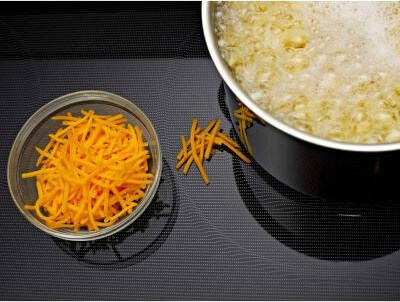
Conclusion: How Sustainable Is Induction Cooking?
From a sustainability standpoint, induction ranges stand up well in comparison to gas, especially when you take into account the lack of wasted heat. However, induction cooktops can only be used with certain cookware that must be made of a ferromagnetic metal such as cast iron or stainless steel, meaning people often have to purchase new pots and pans. It also require the chef to change his or her cooking habits — no more setting a pan of oil to heat up while chopping the onions, as the oil will be hot in seconds, or picking up the pan to flip the food around, which may damage the surface or shut the element off. This learning curve may reduce efficiency, at least initially. Ultimately however, induction cooking is a promising technology for those seeking sustainability in the kitchen, and is clearly a better choice over standard electric or the expense and carbon footprint of installing a gas line.
Jennifer Tuohy writes about home appliances, including kitchen ranges, for Home Depot. Jennifer provides tips to homeowners on the energy efficiency of new technologies, including induction ranges. A selection of induction ranges available at Home Depot, including styles discussed by Jennifer, can be found on the company’s website.

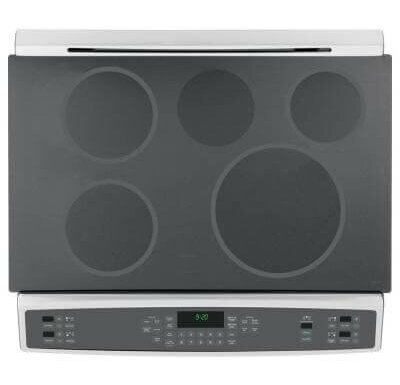
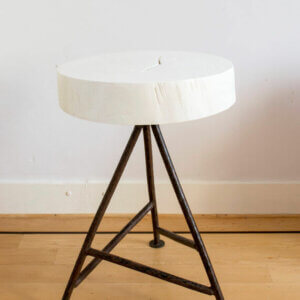



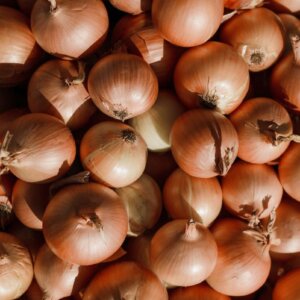
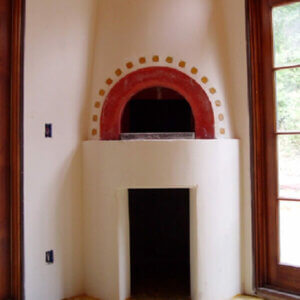



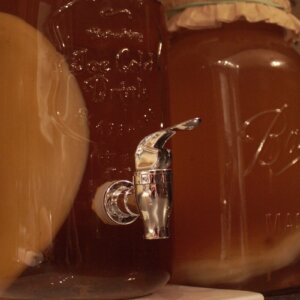









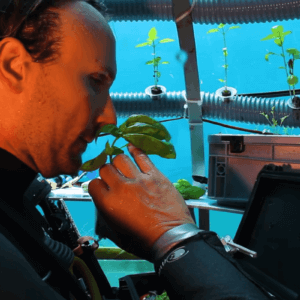



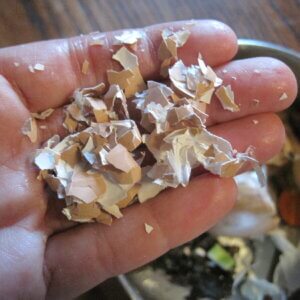





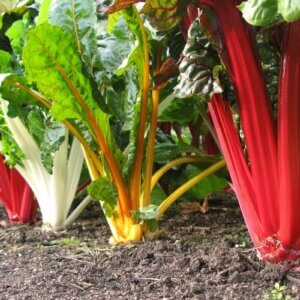
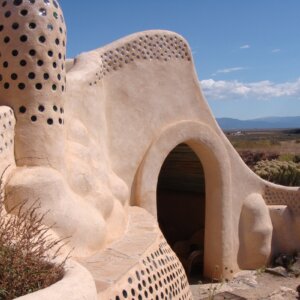


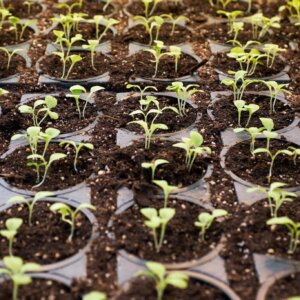




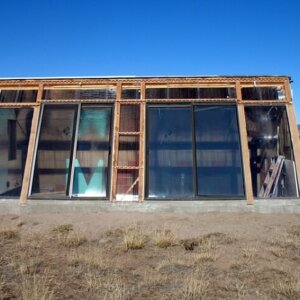

We just got an induction stove in our new place. Love it. But you do have to think differently about how you use the stove and how you plan your preparations.
No doubt Induction Cooktop ia the fastest way to cook in this busy schedule life. i just brought one, n i love it
Induction Cooktop is no doubt is a great innovation for man kind
Induction cooking is the hottest new technology in the kitchen. It helps to utilize LPG and in a less time we get desirable food. With a good induction cooker like http://nanya.co.in/product/induction-cooker-with-touch-control-2/
I switched from gas to induction cooktop a year ago, and cooking has been never easier.
The “Less Waste” section is the important part of this. Whenever you have the A/C on it’s INSANE to use gas or electric indoors compared with induction. We use Duxtop portables indoors and out depending on the weather.
Under “Durability” don’t try the “hand on the cook surface” test at home – it will definitely burn you since the glass is hot for a while (much less than electric) after cooking. As to scratching, etc., well it’s glass folks so unless you cook with a lot of diamonds on or hammer it when you mess up, it’s pretty much OK.
Your comment about the hand on the cook-top surface makes me wonder if the induction offered here in the US is different from the induction thats been in Europe for so long. I put my hand on the burner right after boiling water was removed from it. Was just warm, not at all hot. That was in Germany.
Its not new! Maybe to the U.S. where we are about 20 years behind the rest of the civilized world. My family in Germany have had it for at least 20 years.
Nancy, I think you may be happier in Germany. Tough loss for us ugly Americans.
I bought Waring Pro double burner induction cooker last year. Since then, it took less than half time for cooking. I am planning to buy a single cooktop now. Here are some reviews: http://inductioncooktopreviews.net/
I tried Induction cooktop now it’s more easier & convenient
http://getbestinductioncooktop.com
Some ones numbers are off. Not sure whether to take your word. Or the word of the US DE.
The first factor has to be how many burners. There are two and five burner choices available, although most gas cooktops come with four. If you do a lot of cooking including several pans then you might need to contemplate a five burner cooktop.For more information visit here; http://bestelectriccooktops.tumblr.com/
Nice article. I have also written an article for improving energy efficiency while cooking. Just take a look, it will be surely helpful for you – vswitchusave.co.uk/blog/easy-guide-improve-energy-efficiency-cooking
The article says that only stainless steel and iron cookware can be used on induction stoves, but what other kind of cookware exists that wouldn’t work?
Also, what about carbon steel pans and woks? Would those work?
If you stick a magnet to the bottom, it it should work. Aluminum cookware won’t work, Copper cookware won’t work, some stainless cookware with a copper and/or aluminum base won’t work. The induction cook top is essentially an electro-magnet that turns on and of at a high rate to cause the iron in the pan to vibrate and heat up. If there is little to no Iron in the pan, the Cook top will not work.
worst case for induction cooking = burn coal to make electricity (X% efficiency), x transmission line losses (X% efficiency) x induction cooking efficiency.
not very efficient when you multiply 0.7 x 0.7 x 0.8
vs. with a gas stove, the “waste heat” heats my house (no A/C here) so my propane boiler burns less gas, no transmission losses and no fancy technology to break and need repairs/replacement. i think gas is more eco-friendly at least here in a cold, mountain climate where i have house heating on from Nov 1 til May 15 and cool summers. plus, when the electricity goes out, i can still cook.
I like you analysis. We do a combination in rural area of the Missouri Ozarks. Between alternatively sourced electricity from the energy coop, efficient wood burning stoves using downed wood, propane for various uses, solar hot water and electric supplementation, and a berm home we are already living a frugal energy lifestyle. We use propane for our gas range and stovetop, and for supplemental insta-hot water when solar isn’t enough. I recently added an induction cooktop in the kitchen and use it most of the time for the ease of use and cost savings. The wood stove and propane range are still there if the power goes out.
the newer gas stoves require electricity to work. and in the summer the waste heat around the pan makes an already hot house hotter. and comparing just electric cooktops the inductions units kick ass. and I get complete temperature control. no double broiler needed to melt chocolate or make pudding.
Electricity can be generated many ways with many being renewable/environmentally friendly. Example:100% wind energy. No dirty coal needed. No ‘burning’ of anything. Think outside the box.
I’m having good experience from now with induction, I don’t have now too much patience when I need to heat something quickly. My friends with gas stoves are amazed how fast can heat up things when using my induction cooktop.
I took a portable for my grand mother and is very happy because doesn’t heat the kitchen and is safe, by example if she take off the pan the cooktop automatically shut off. This FAQ page with 140 answered questions conviced me: http://www.magneticcooky.com/faqs-induction-cooktop/
Shock and accident are less .
I have been adding small cooking appliances to my off the grid home since we have grown our alternative energy system. The induction cook top, just one burner, is the newest addition, following the Instant Pot. Using your energy for cooking makes it free. As soon as I get the hang of this, taking the propane tank out.
Great article ! It’s very amazing advice , extremely helpful,
I’m really appreciate thanks for your sharing !!!!!